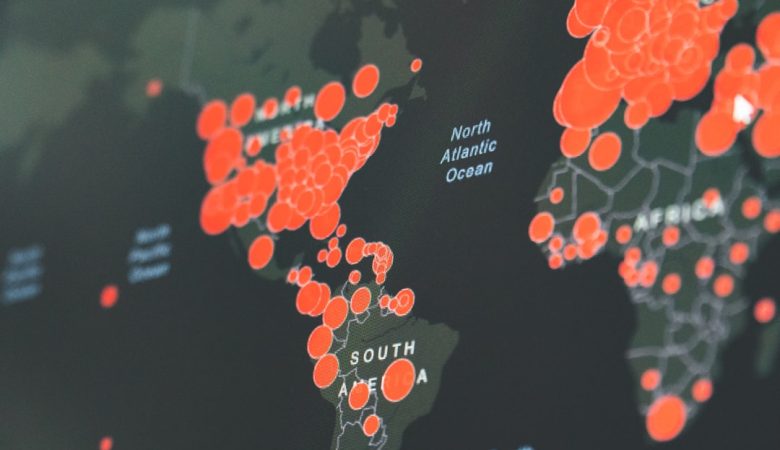In today’s digital landscape, the importance of robust network security cannot be overstated. Whether it’s a local area network (LAN) connecting computers within a single building or a wide area network (WAN) linking systems across cities or even continents, maintaining the security of these networks is vital. With increasing threats such as data breaches, ransomware, and unauthorized access, organizations must adopt comprehensive security best practices to protect sensitive information and maintain operations.
Understanding the Difference Between LAN and WAN
A Local Area Network (LAN) is typically confined within a limited area such as an office, school, or home. On the other hand, a Wide Area Network (WAN) spans broader geographical locations, often connecting multiple LANs together. While LANs are easier to secure due to their limited scope, WANs require more complex strategies involving public and private network components.
Core Best Practices for LAN and WAN Security
Although LAN and WAN differ in scope and complexity, several security practices apply universally:
- Implement Strong Authentication: Use multi-factor authentication (MFA) to ensure that only authorized users can access the network.
- Use Firewalls and Intrusion Detection Systems (IDS): Place firewalls between internal network segments and external connections. IDS can monitor for unusual activity.
- Encrypt Data: Whenever data is transmitted across WAN or LAN, use encryption protocols such as SSL/TLS or IPsec to secure it.
- Regular Software Updates: Apply patches and updates to operating systems, firmware, and applications to remove security vulnerabilities.
- Segment the Network: Use VLANs to separate different departments or data types to limit the lateral movement of threats.
- Monitor Traffic: Use automated tools to detect anomalies in traffic that may signal a breach or an ongoing attack.
[ai-img]network security, firewall, data protection[/ai-img]
Distinctive Strategies for LAN Security
LAN environments are often easier to manage but can still be vulnerable to internal threats. Here are LAN-specific best practices:
- Physical Security: Secure network equipment in locked rooms or cabinets to prevent tampering.
- Access Control Policies: Restrict access to certain network segments based on user roles and responsibilities.
- Device Management: Maintain a list of all connected devices and ensure each adheres to the organization’s security protocols.
Enhanced Practices for WAN Security
WAN environments pose unique risks due to their extended and often global reach. The following measures are crucial for a secured WAN:
- Virtual Private Networks (VPNs): Use VPNs to securely connect remote users or offices to the main network.
- Redundant Connections: Implement failover systems to maintain connectivity in case of a breach or network failure.
- Cloud Security: When integrating cloud services, ensure that robust security policies are in place, including identity access management and encryption.
[ai-img]vpn, remote access, encrypted connection[/ai-img]
Training and Awareness
Technology alone isn’t sufficient. Educating users about security policies and recognizing phishing schemes or suspicious behavior is just as vital. Conduct regular training sessions and security audits to promote a culture of awareness and compliance.
Data Backup and Recovery
Ensure regular backups are performed, and testing of recovery protocols is done periodically. In the event of a cyberattack or data loss, having a reliable recovery strategy can minimize downtime and ensure business continuity.
Conclusion
LAN and WAN security requires a blend of technology, policy, and education. By applying layered security practices like encryption, network segmentation, device and user monitoring, and regular training, organizations create resilient systems that reduce risk and ensure data integrity across all levels of operation.
FAQ
- Q: What is the most important first step in securing a LAN?
A: Implementing strong access controls and securing physical network access points are critical starting points. - Q: How can a business secure its WAN?
A: Businesses should use VPNs, firewalls, encrypted communications, and monitor for unusual network activity continuously. - Q: Are VPNs enough to protect remote users?
A: VPNs provide secure tunnels for data transmission, but they must be used alongside MFA, endpoint protection, and user training for optimal security. - Q: How often should network security audits be performed?
A: Audits should be conducted at least annually or after any significant changes to the network infrastructure. - Q: What role does encryption play in network security?
A: Encryption protects data from being intercepted or read by unauthorized users during transmission across both LAN and WAN environments.





